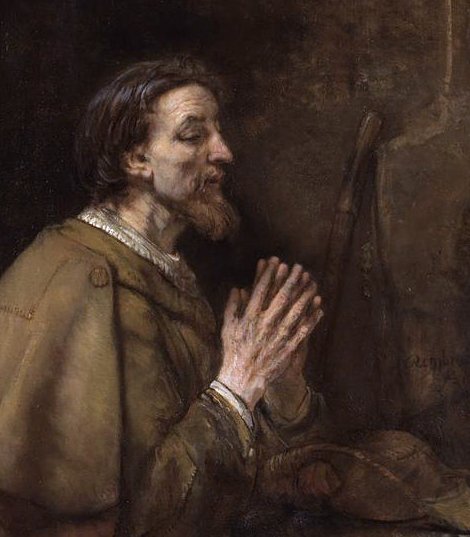We do not need to assume a direct link from the Chinese ideas to those in the minds of the rongorongo creators. Because they would have been influenced from all corners of the earth. The Polynesians were expert sea voyagers. Furthermore, the Chinese would surely have been influenced by the Sumerian 'mud garden'. ... For the form and concept of the City of God conceived as a 'mesochosm' (an earthly imitation of the celestial order of the macrocosm) which emerged on the threshold of history circa 3200 BC, at precisely that geographical point where the rivers of Tigris and Euphrates reach the Persian Gulf, was disseminated eastward and westward along the ways already blazed by the earlier neolithic. The wonderful life-organizing assemblage of ideas and principles - including those of kingship, writing, mathematics, and calendrical astronomy - reached the Nile, circa 2800 BC; it spread to Crete on the one hand, and on the other, to the valley of the Indus, circa 2600 BC; to Shang China, circa 1600 BC; and, according to at least one high authority, Dr Robert Heine-Geldern, from China across the Pacific, during the prosperous seafaring period of the late Chou Dynasty, between the seventh and fourth centuries BC, to Peru and Middle America ... The water needed for irrigation had anciently been mapped to the Square of Pegasus.
The fields had to be inundated in order to generate growth and this important fact had been documented for all to see in the night sky. From there it would be perpetuated forever, for all should work together with the same mind, singing together.
"The squat and muscular bodies of the figures and their playful gestures on this bowl differ markedly from the temple figures and suggest that they were not meant to represent gods. They have frequently been associated with the menehune, a legendary race of small people who loved to work hard and play at all the games the elite enjoyed." (D'Alleva) Cosmos was synchronous - everything danced in coordination. The rhythms were the same but not the dancers nor the words of their songs. ... The Mahabharata insists on six as the number of the Pleiades as well as of the mothers of Skanda and gives a very broad and wild description of the birth and the installation of Kartikeya 'by the assembled gods ... as their generalissimo', which is shattering, somehow, driving home how little one understands as yet. The least which can be said, assuredly: Mars was 'installed' during a more or less close conjunction of all planets; in Mbh. 9.45 (p. 133) it is stressed that the powerful gods assembled 'all poured water upon Skanda, even as the gods had poured water on the head of Varuna, the lord of waters, for investing him with dominion'. And this 'investiture' took place at the beginning of the Krita Yuga, the Golden Age ... Anything distinguished must have an opposite. Half a year away was the Abyss where no water was in sight.
The absent arrow identifies this place as Al-kes (the shallow empty vessel).
Taheta. Name of the concave stones used as water tanks in many of the ancient hare paega houses. Vanaga. Fountain, spring; taheta pu, spring; pokopoko taheta, concave. Churchill. Tahe. 1. To run freely, to flow (tehe 4). P Pau.: tahe, a river. Mgv., Mq.,: tahe, to run, to flow, to melt, to liquify. Ta.: tahe, to run, to flow. 2. To smooth out wrinkles (tehe 2). Churchill. Tehe. 1. To come, to arrive. Tehe oka te ikapotu, to abut. Tehe e turu, through and through. 2. To smooth out wrinkles (tahe 2). 3. To cut. Tehetehe, notch. P Pau.: tehega, circumcision; tehe, to castrate. Mgv.: tehe, to circumcise, to castrate, to cut well, to sting deeply. Mq.: tehe, to cut, to castrate, to circumcise. Ta.: tehe, to castrate. 4. To spurt, to spout, to melt (tahe 1). Hakatehe, to liquify. Tehetoto (tehe 4 - toto), hemorrhage. Churchill. The arrow was an idea used for indicating how to reach the top of the world. ... A man had a daughter who possessed a wonderful bow and arrow, with which she was able to bring down everything she wanted. But she was lazy and was constantly sleeping. At this her father was angry and said: 'Do not be always sleeping, but take thy bow and shoot at the navel of the ocean, so that we may get fire.' The navel of the ocean was a vast whirlpool in which sticks for making fire by friction were drifting about. At that time men were still without fire. Now the maiden seized her bow, shot into the navel of the ocean, and the material for fire-rubbing sprang ashore ... South of the equator - where everything was upside down - the top of the world was at Dramasa, the south pole star.
This will explain the glyphs documented before the Creation (of our present world), before the Rat - as observed close to the Full Moon:
Without contrast (opposites) nothing would be perceived. Therefore, when firewood sprang ashore so must water have been created - for they were complementary. Together they were the basis for tripod cooking.
... 'The life-force of the earth is water. God moulded the earth with water. Blood too he made out of water. Even in a stone there is this force, for there is moisture in everything. But if Nummo is water, it also produces copper. When the sky is overcast, the sun's rays may be seen materializing on the misty horizon. These rays, excreted by the spirits, are of copper and are light. They are water too, because they uphold the earth's moisture as it rises. The Pair excrete light, because they are also light ... 'The sun's rays,' he went on, 'are fire and the Nummo's excrement. It is the rays which give the sun its strength. It is the Nummo who gives life to this star, for the sun is in some sort a star.' It was difficult to get him to explain what he meant by this obscure statement. The Nazarene made more than one fruitless effort to understand this part of the cosmogony; he could not discover any chink or crack through which to apprehend its meaning. He was moreover confronted with identifications which no European, that is, no average rational European, could admit. He felt himself humiliated, though not disagreeably so, at finding that his informant regarded fire and water as complementary, and not as opposites. The rays of light and heat draw the water up, and also cause it to descend again in the form of rain. That is all to the good. The movement created by this coming and going is a good thing. By means of the rays the Nummo draws out, and gives back the life-force. This movement indeed makes life. The old man realized that he was now at a critical point. If the Nazarene did not understand this business of coming and going, he would not understand anything else. He wanted to say that what made life was not so much force as the movement of forces. He reverted to the idea of a universal shuttle service. 'The rays drink up the little waters of the earth, the shallow pools, making them rise, and then descend again in rain.' Then, leaving aside the question of water, he summed up his argument: 'To draw up and then return what one had drawn - that is the life of the world.' ... At the top of the world the fiery red iron planet Mars had been destined to rule. Therefore he had to be irrigated.
The Chinese Moon station Girl was located 6 days before Dramasa. Presumably she was the lazy archer who brought ashore not only firewood but everything else which was attatched:
Synchronization meant that all which was due had to be associated together as if in close embrace. ... They were Ranginui, the Sky Father, and Papatuanuku, the Earth Mother, both sealed together in a close embrace. Crushed between the weight of their bodies were their many children, whose oppression deepened. They yearned to be free; they fought their parents and each other to break loose. Tuumatauenga, virile god of war, thrust and shouted; Tangaroa of the oceans whirled and surged; Tawhirirangimaatea, Haumiatiketike and Rongomatane, of wild foods and cultivated crops, tried their best but were not successful; and Ruamoko, god of earthquakes, yet to be born, struggled in the confinement of his mother's womb ... Of them all, Taane Mahuta, the god of the forests, was the most determined; he set his sturdy feet upon his father's chest, and braced his upper back and shoulders against the bosom of his mother. He pushed; and they parted. So the world, as the Maori understand it, came into being ...
... The son of Zebedee and Salome, James is styled 'the Greater' to distinguish him from the Apostle James 'the Less', who was probably shorter of stature. We know nothing of St. James's early life. He was the brother of John, the beloved disciple, and probably the elder of the two ... James' emblem was the scallop shell (or 'cockle shell'), and pilgrims to his shrine often wore that symbol on their hats or clothes. The French for a scallop is coquille St. Jacques, which means 'cockle (or mollusk) of St. James'. The German word for a scallop is Jakobsmuschel, which means 'mussel (or clam) of St. James'; the Dutch word is Jacobsschelp, meaning 'shell of St. James' ... The scallop shell is represented in the decoration of churches named after St. James, such as in St James' Church, Sydney, where it appears in a number of places, including in the mosaics on the floor of the chancel. When referring to St James, the scallop shell is represented with convex perspective. Referring to Venus the perspective is concave ... The date to celebrate St James (the Great) was July 25 in Western Christianity, April 30 in Eastern Christianity, and December 30 in the Hispanic Church. On the other hand, St John (the apostle) was celebrated in December 27 according to all these church traditions. St George, who died in April 23 in the year 303 AD, was celebrated in April 23 ...
|
||||||||||||||||||||||||||||||||||||||||||||||||||||||||||||||||||||||||||||||||||||||||||||||||||||||||||||||||||||||||||||||||||||||||||||||||||||||||||||||||||||||||||||||||||||||||||||||||||||||||||||||||||||||||||||||||||||||||||||||||||||||||||||||||||||||||||||||||||||||||||||||||||||||||||||||||||||||||||||||||||||||||||||||||||||||||||||||||||||||||||||||||||||||||||||

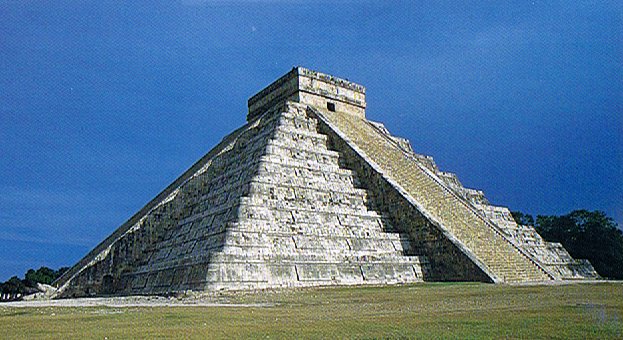
.jpg)


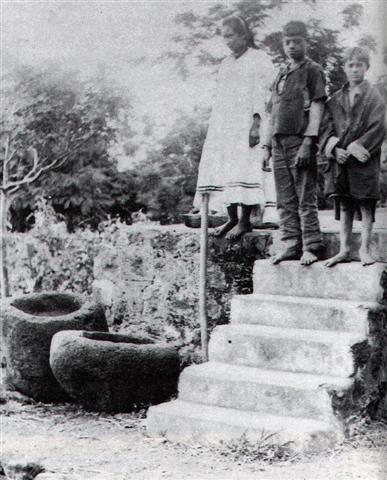
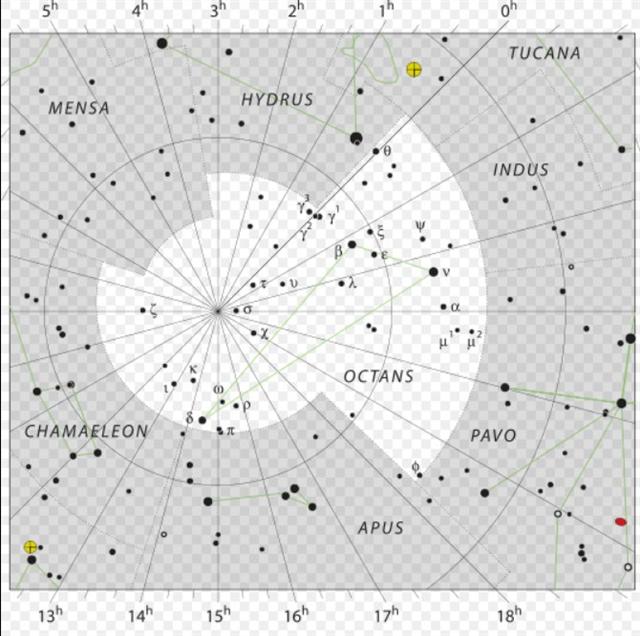




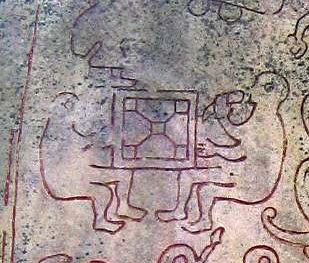


.jpg)
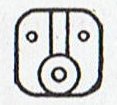
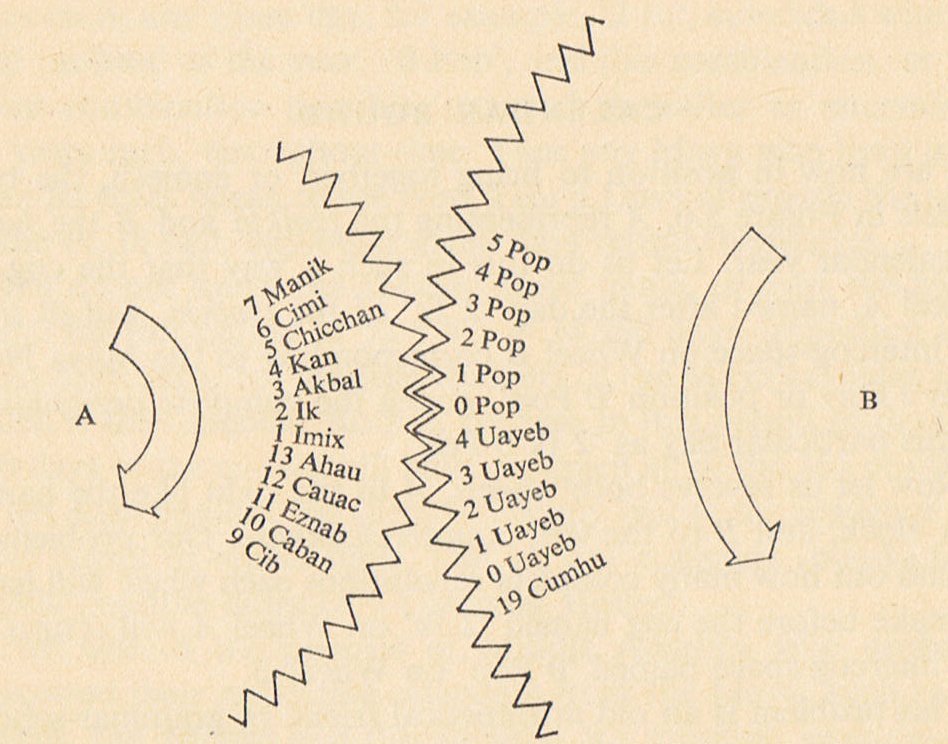
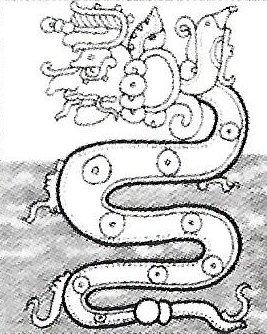

.jpg)
.jpg)



